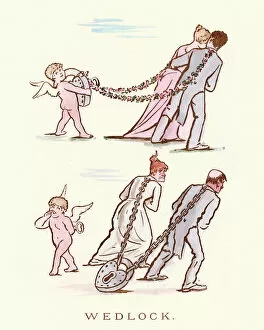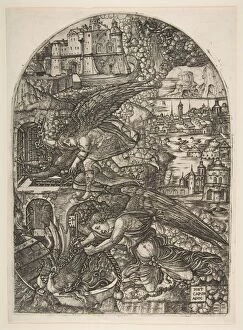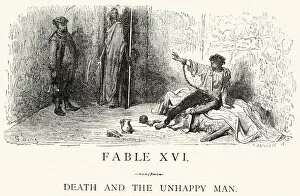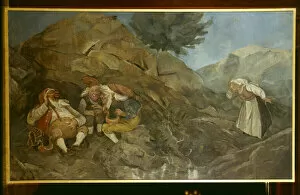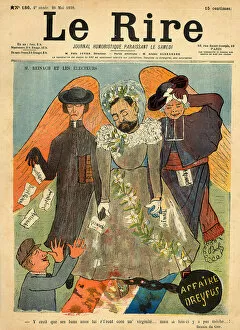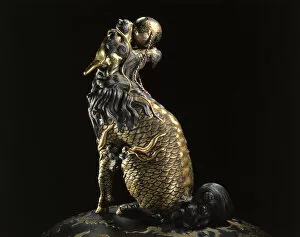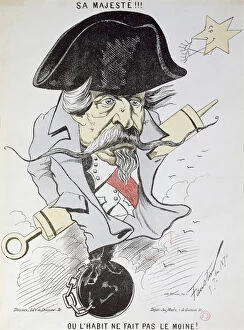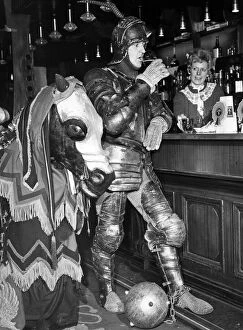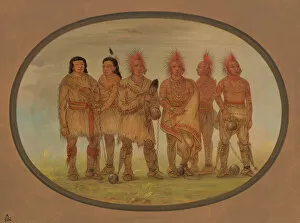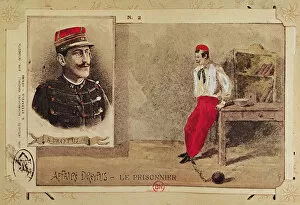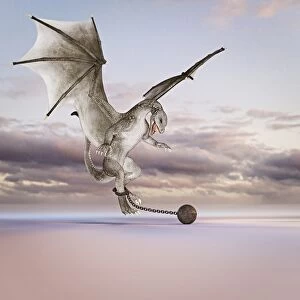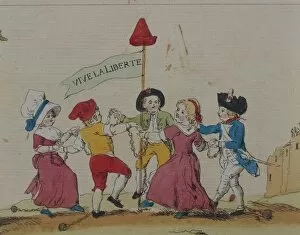Ball And Chain Collection
"Ball and Chain: A Symbol of Freedom, Oppression
For sale as Licensed Images
Choose your image, Select your licence and Download the media
"Ball and Chain: A Symbol of Freedom, Oppression, and Equality" This diverse collection of images spanning different eras and cultures depicts the concept of a "ball and chain" in various contexts. From President Eisenhower's inauguration speech emphasizing the importance of preserving freedom at home and abroad to Victorian satirical cartoons mocking wedlock, these depictions shed light on the multifaceted nature of this symbol. In Jean Duvet's depiction from the Apocalypse, Satan is bound for a thousand years with a ball and chain—a powerful metaphor for restraining evil forces. Similarly, an engraving from 1772 portrays a female Negro slave with a weight chained to her ankle—an image that evokes the oppression endured by enslaved individuals throughout history. The theme continues with illustrations like the punishment of two black female slaves in 1811—colored engravings that highlight the brutality inflicted upon those held captive. In contrast, La Fontaine's Fables present Death holding an unhappy man captive—a reminder that we are all bound by mortality. Moving forward in time, an untitled oil painting from 1895 captures an unknown subject shackled by societal expectations or personal struggles. Meanwhile, David Gilmour Blythe's Old Virginia Home reflects on America during its tumultuous Civil War period—a nation divided by chains both literal and figurative. Even caricatures such as Joseph Reinach's portrayal on Le Rire magazine cover demonstrate how individuals can be metaphorically restrained through public ridicule or prejudice. However, American Womanhood editorial cartoon offers hope for liberation as it suggests mutual release from societal constraints between genders. Ultimately, these images remind us that "ball and chain" represents more than just physical restraints—it embodies themes like freedom versus oppression, equality versus discrimination. As American goes through its own battles against injustice over time so does rest world; they serve as poignant reminders to strive towards breaking free from any form of bondage while ensuring liberty for all.



